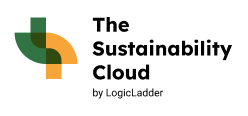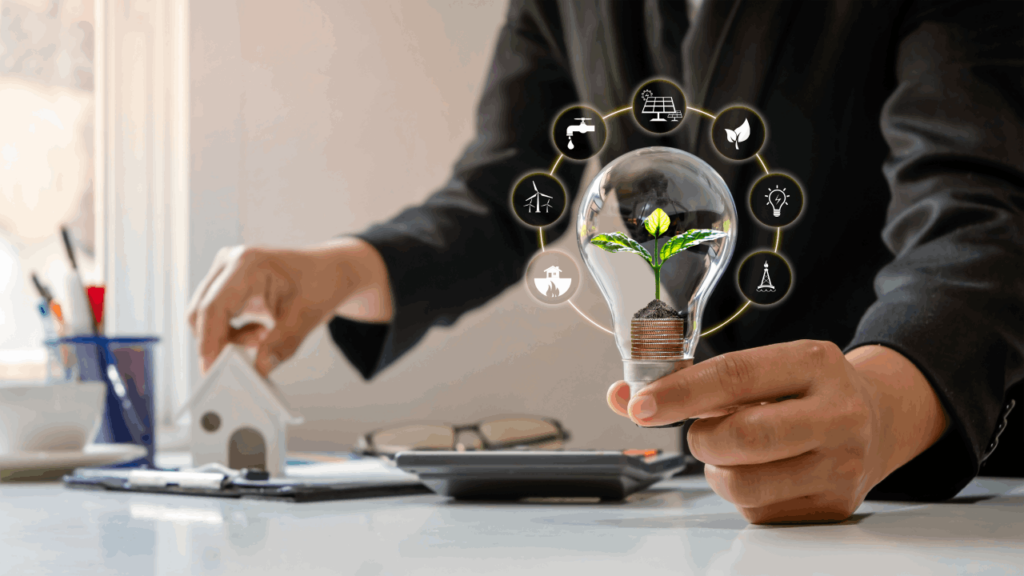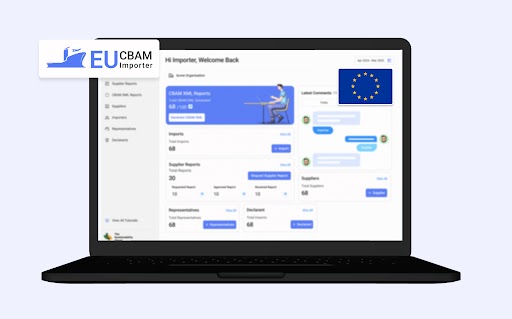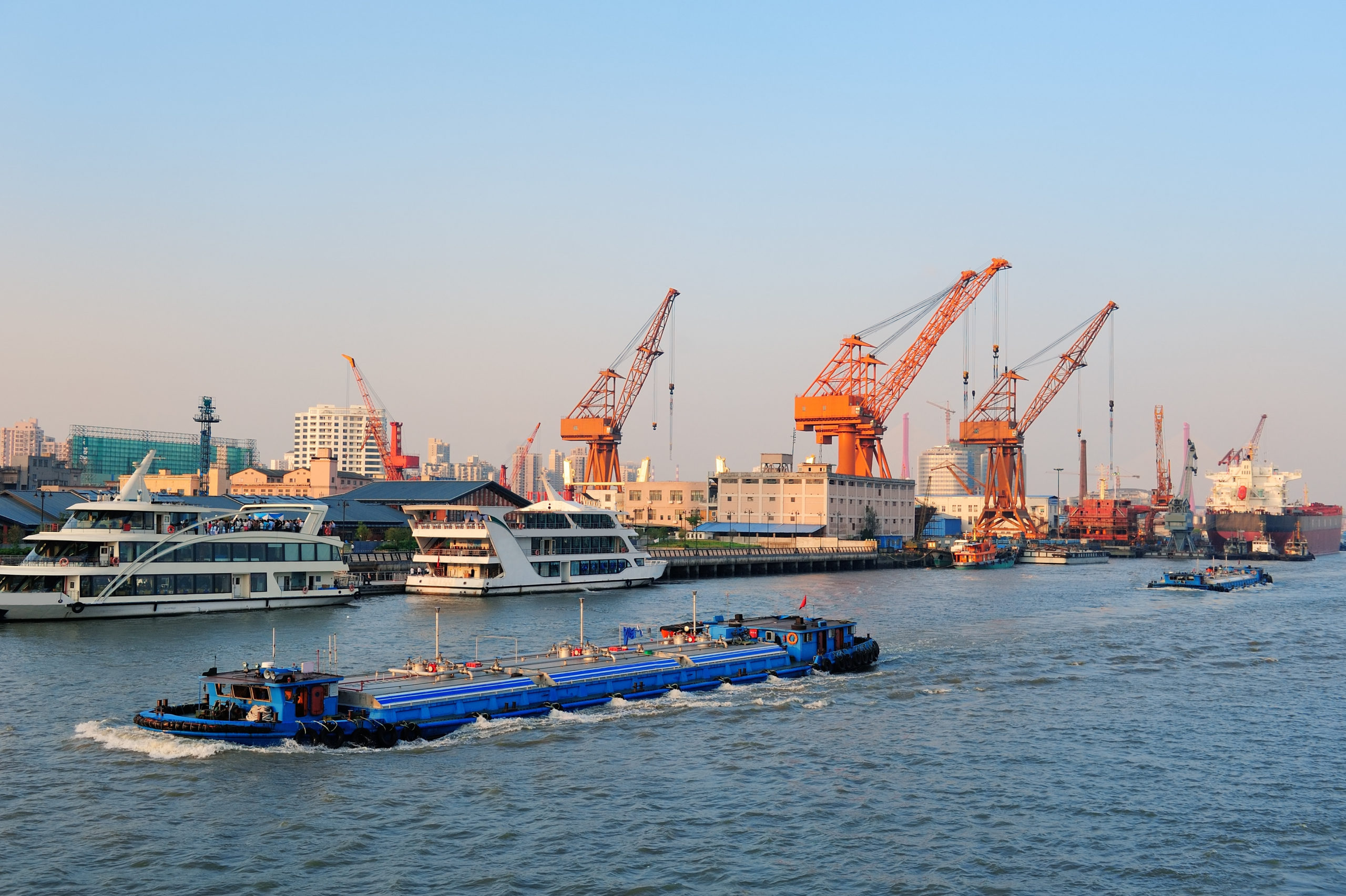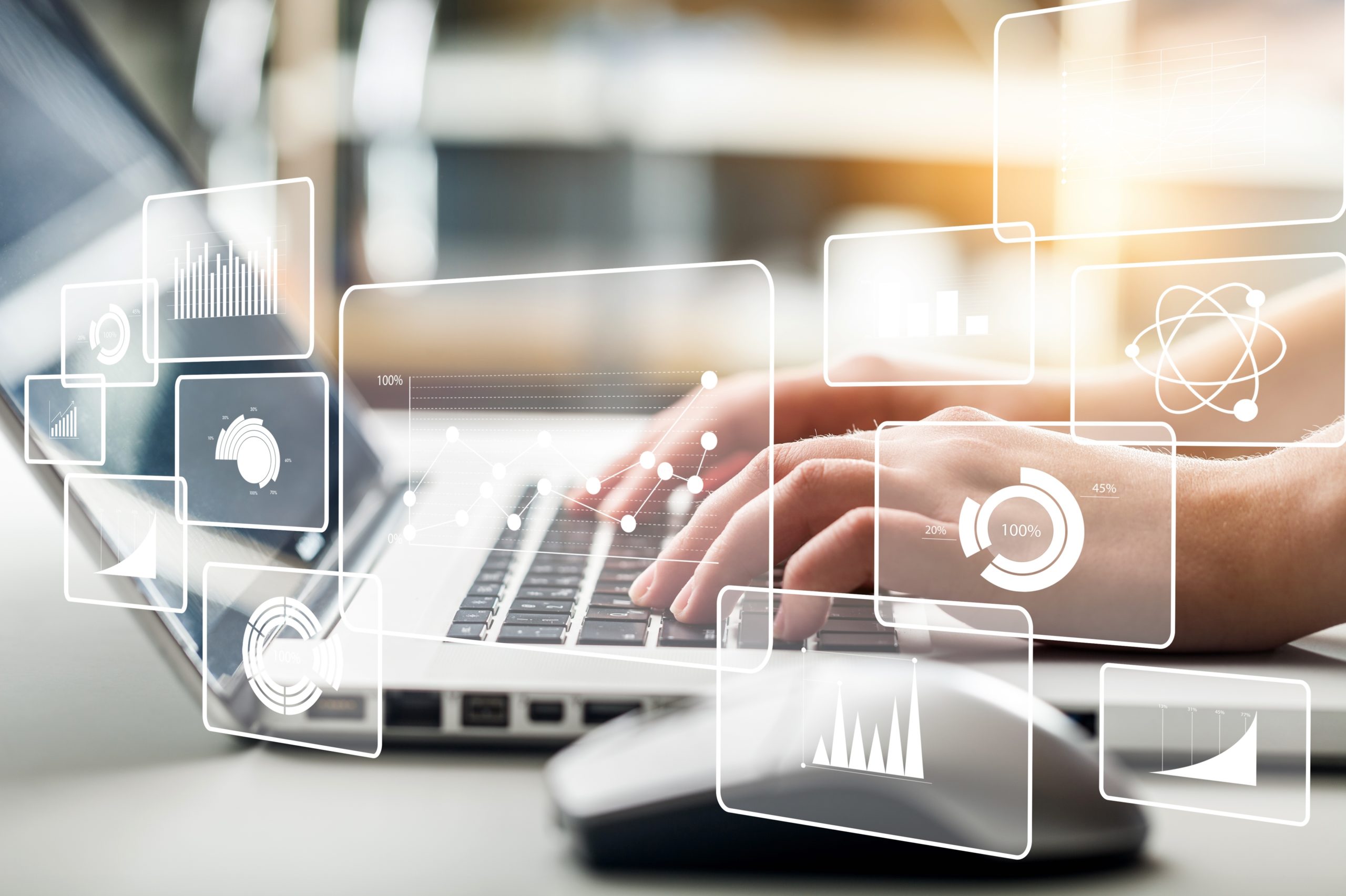We want to see our world developing and new innovations and discoveries taking place. But the issue is we will not be able to do that for a very long time. This is because of the way we are using the earth’s resources, they are going to deplete sooner or later. Our desire and curiosity have no limits but natural resources do have limits.
Plus we should also not forget the adverse impact of human activities and industrialization that we are facing today. We are facing is climate change that’s happening due to global warming. The result is erratic weather conditions like floods, droughts, avalanches, storms, cyclones, and the rise of sea levels that are causing loss of life and livelihood.
So, what should we do? Should we leave everything and sit back to avoid the use of our present-day natural resources? This will certainly cause less havoc to our planet and its ecosystem.
But the glad thing is we really don’t need to quit everything. And for that, we have the concept and mission of Sustainable Development that we are going to look ahead in this article.
What does Sustainable Development mean?
The word Sustainable means something that is or that can be maintained at a certain level, rate or situation. We already know what Development means – it’s creating products or providing services aiming to make this world a better place to live in. Right?
So now, we can easily decode or define the term Sustainable Development – It’s a strategy that aims to meet the needs and demands of the present generation by making use of the resources available, but without compromising the availability of those resources for our future generations. Thus, it essentially calls for inter-generational equity.
Recognize that our environment has a limit or a capacity – just like us – to bear or absorb the impact of human activities that sustainable development takes into account. So, everything we do with or using our environment’s resources has to be within limits.
And there’s also a formal definition defined by UN WCED(World Commission on Environment and Development), later known as the Brundtland Commission in the year 1987, and that definition word-to-word is:
Sustainable development is a development that meets the needs of the present without compromising the ability of future generations to meet their own needs. It contains within it two key concepts:
- The concept of needs, in particular, the essential needs of the world’s poor, to which overriding priority should be given; and
- The idea of limitations imposed by the state of technology and social organization on the environment’s ability to meet present and future needs.
Features of Sustainable Development
Now let’s elaborate on the term Sustainable Development more to have a better understanding of the subject. And that we can do via understanding the features that the term carries with it.
So, there are essentially three features assigned to the concept of Sustainable Development. And they are:
1. Real Growth of Gross Domestic Product(GDP)
GDP is defined as the total monetary value of all the goods and services created in a region within a specific time. This term is mainly used to indicate the overall economic health of a country. More the GDP of a country implies more prosperous or developed it is.
So in Sustainable Development, we want the growth of GDP that means economic development. We want people to have their purchasing power to be good enough to buy goods and services they desire, and not just their basic needs like food, shelter, and clothing to be fulfilled.
We human beings are creative beings. We have invented a lot of things that make our life better and feasible, like an AC system to cool our homes in summer, washings machines to wash our clothes, airplanes to travel far distant places quickly and different useful inventions. And we want this production and innovation to continue to make our living standard keep increasing.
2. Social Welfare
By social welfare, we want the economic development and the availability of best-in-class products and services available and affordable to all sections of society.
We just understood the increase of GDP or economic development as a part of sustainable development. But this economic growth shouldn’t be just limited to a few people. There shouldn’t be social disparity or economic inequality in a society where the rich becomes richer and the poor remain poorer over time.
So, the poor and marginalized section of a society should be given priority over others. For that, special attention should be given to sectors like healthcare and education to make these facilities accessible and affordable to each and everyone in a society.
3. Conservation of Environment
The last feature of Sustainable Development is the conservation of the environment. For this, we need to judiciously use our natural resources to save energy and take steps to prevent air and water pollution.
Recognize that the term Development, in actuality, constitutes the above two points altogether. And when this is combined with the efforts to conserve the energy and environment, this will become Sustainable Development. So, we can summarize this as below:
Development = Increase in GDP + Social Welfare
Sustainable Development = Development + Conservation of Environment
Goals of Sustainable Development
Fortunately, our world has not just defined and recognized the need for sustainable development, but it has also created a full-fledged strategy for that. And that strategy has some 17 Goals shown in the pictograph below that we need to accomplish.
Indicators of Sustainable Development
There’s a famous quote by Peter Drucker who was an Austrian-American management consultant, also called “the founder of modern management”, that goes as follows – You can’t improve if you can’t measure.
So, if you want to improve a process, it’s important you also know where the process stands in the present. And this holds true for sustainable development too. We just knew about the goals of SD above and now let’s see some indicators that’ll help to measure these goals.
Green GDP
Green GDP is the GDP adjusted for environmental degradation.
We just learned about the GDP i.e. the traditional GDP above. But the problem with this GDP is it only takes into account the economic and social factors and not the environmental degradation and its replenishment into it.
So, to solve this problem, we have another index called Green GDP that monetizes or substracts the loss of biodiversity and restorative environmental initiatives from the normal GDP. But also note that the Green GDP is a theoretical concept and while attempts are made to quantify this index, we can’t get an absolute value for this.
Genuine Savings
Going with the formulae,
Genuine Savings = Gross Savings – Depreciation in man-made capital – Depreciation in Natural Capital
Gross Savings – Depreciation in man-made capital = Net Savings
Genuine Savings = Net Savings – Depreciation in Natural Capital
How the term Sustainable Development came into existence?
Finally, let’s end our discussion by knowing a brief history or a background of Sustainable Development to know how this concept came into existence.
The seed of sustainable development sprouted long back in the 17th century. But the concept at that time wasn’t fully matured and it existed as a part of another green development program that newly emerged at that time and was known by the name of Sustainable Forest Development(SFD).
It was the year 1662 in England when the writer and gardener John Evelyn tried to create awareness regarding the depletion of timber resources in the country. And he wrote the following in his essay Sylva: “sowing and planting of trees had to be regarded as a national duty of every landowner, in order to stop the destructive over-exploitation of natural resources.”
The time elapsed and then we saw the work of Rachel Carlson in 1962 that became famous by the name of Silent Spring. Ms. Carlson was an American biologist and conservationist by profession and in her work, she tried to bring both economic growth and environmental degradation side by side.
Then in 1972, the term “sustainable” arrived for the first time in a report called Limits of Growth that was written by a group of scientists from MIT.
Finally, in 1980, the words “sustainable development” came into existence in a strategy published by the International Union for Conservation of Nature that aimed to position this concept as a global priority.
And the widely recognized definition of Sustainable Development that we have read above arrived in 1987 by the United Nations World Commission on Environment and Development in their report Our Common Future which is also known as the Brundtland Report.
Concluding Words
If we want to see our world keep developing, then sustainable development is the only way. Because earth’s natural resources have a limit which is obvious. And we also can’t keep our earth and environment getting polluted or degraded day by day as we have the challenge of global warming. So, sustainable development is the solution to these obstacles.
There are 18 Goals of SD that outline or act as a roadmap of what we need to do to achieve sustainability in our world. And to measure that sustainability or sustainable development so that can manage and improve the process, we have indicators like
LogicLadder Inc – Who are we?
We at LogicLadder Inc are providers of environmental monitoring and management solutions aiming to achieve sustainable development – the concept that we have just understood above. Our products are Groundwater Monitoring System, Stack Monitoring System, and Energy Management System that’ll help you save your costs and meet regulatory compliance.
